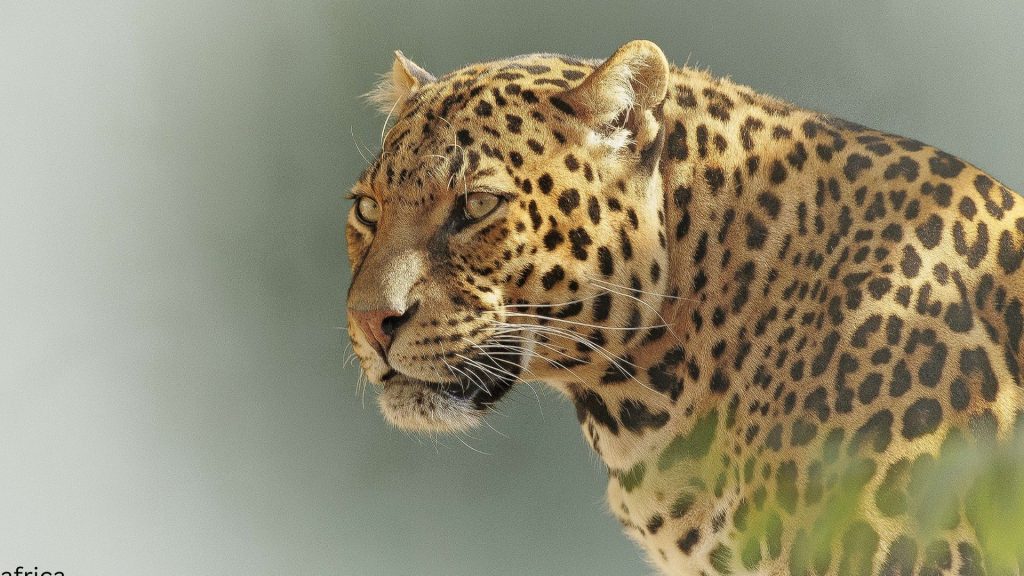LAKE NGOZI
Lake Ngozi (or Lake Ngosi) is the second-largest crater lake in Africa. It can be found near Tukuyu, a small town in the highland Rungwe District, Mbeya Region, of southern Tanzania in East Africa. It is part of the Poroto Mountains, and the northern rim of the caldera is the highest point in the range. The caldera is composed chiefly of trachytic and phonolitic lavas.
Ngozi is a Holocene caldera that generated the Kitulo pumice 12,000 years ago during a Plinian eruption, most likely in the same eruption that generated the caldera. Other eruption deposits are the Ngozi Tuff (less than a thousand years ago) and the Ituwa Surge base surge deposits of uncertain age but intermediate to the Kitulo pumice and Ngozi Tuff.
The youngest activity generated a pyroclastic flow that flowed southwards for 10 km. Some pyroclastic cones surround the volcano. The walls of the caldera are forested, except for segments scoured by landslides and high cliffs that inhibit access to the water. The inner caldera
is forested with Maesa lanceolata, Albizia gummifera, and Hagenia abyssinica, far fewer tree species than neighboring mountains, consistent with the recent geological origin of the volcano. The caldera itself is not subjected to hydrothermal activity, but large subaqueous CO2 emissions and local legends of the killing power of the lake indicate the danger of limnic eruptions. According to echo sounding, the lake floor is flat and has no terraces.
The lake does not undergo large-scale fluctuations in lake level, with only minor differences between the dry and rainy seasons. Air temperatures above the lake are around 18 °C, with only minor seasonal variations. Sporadically, the forests were occupied by Safwa hunters. Reports in 2013 stated that in the following year, a geothermal project would commence in the vicinity of the volcano, halfway between Ngozi and the town of Mbeya. Local Myths and Folk Tales Several local myths and folk tales surround the volcanic lake.
And the surrounding area.
The Nyakyusa People (an ethnic group in this area of southern Tanzania) say that a shaman called Lwembe was chased from his birth village (Ukwama in the Makete area) to the waters of Lake Ngozi after the people had become weary of the deceptive nature of his magic. Once Lwembe became an inhabitant of the water’s edge, the local tribe’s cattle began to disappear. It is said that villagers also went missing if they ventured too close to the waters. Nyakyusa elders dispelled the area by rolling a huge boulder, which had been placed in the heart of a fire for three days, into the water while casting their spells. Since that time, the evil spell on the lake has not returned.
The most commonly heard myth and folk tale is that of Colonial German soldiers who disposed of treasure in the lake’s waters. They put a spell on the lake to protect the gold and hamper any other person’s efforts to reclaim it. Some variations of the myth suggest that this caused an emission of poisonous gases (which we now know could be linked to a Limnic eruption), while others claim that a twelve-headed snake protects the treasure and comes out to the surface on sunny days.
Whether there ever was a treasure remains a mystery. What to see and do in Mbeya City: Mbeya is a city in southwest Tanzania. It sits at the base of soaring Loleza Peak, between the City and Poroto mountain ranges. On the town’s outskirts is Lake Ngozi, a vast crater lake surrounded by dense forest rich in birdlife. Kitulo Plateau National Park, southeast of the city, is known for its colorful wildflowers. Farther south is Matema Beach, a resort town on the shores of the vast, fish-filled Lake Nyasa.
Other attractions near Lake Ngozi
Kitulo National Park
Locals refer to the Kitulo Plateau as Bustani ya Mungu, the Garden of God, whereas botanists have dubbed it the Serengeti of Flowers, host to ‘one of the great floral spectacles of the world.’
Lake Nyasa
Lake Nyasa, also called Lake Malawi, is the southernmost and third largest of the East African Rift Valley lakes of East Africa, lying in a deep valley mainly within Malawi.
Kaporogwe Falls
Scenic view of the Kaporogwe Falls. Among notable tourist attractions in the Mbeya region are Kaporogwe Falls, a natural huge water drop in the Livingstone Mountains, Uporoto, Kipengere, and Livingstone Ranges.
The Eastern Arc Mountains offer the best panoramic tourist attractions.
Matema Beach
Matema Beach, a beachside town in the Mbeya Region, is located on the beautiful shores of Lake Nyasa. Matema Beach is among the most scenic



